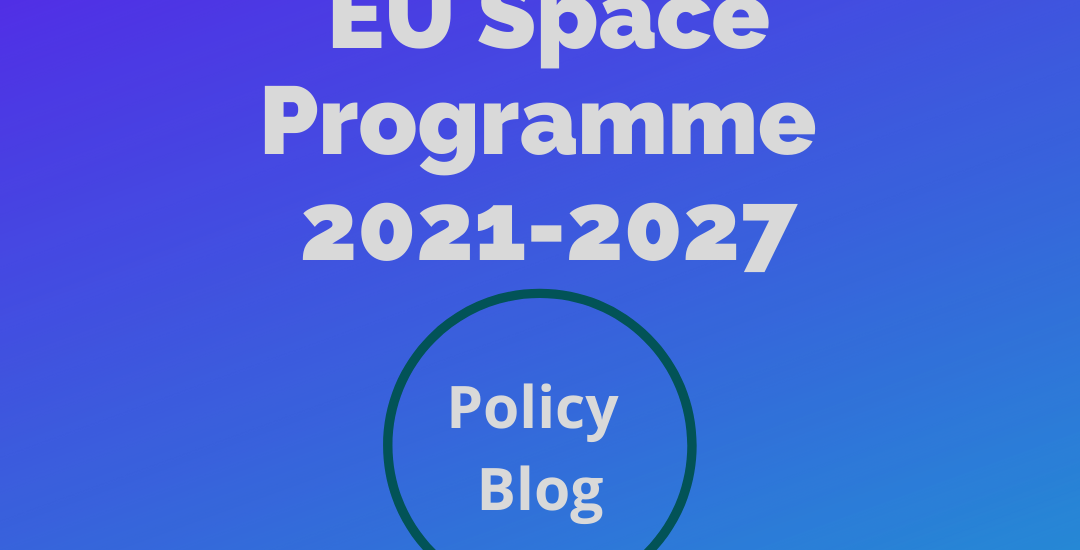- December 21, 2020
- Posted by: EARSC
- Category: Blogs

On the 16th of December 2020, the Council and the European Parliament reached a provisional political agreement on the proposed regulation establishing the next EU Space Programme for the years 2021-2027. Proposed by the Commission in June 2018, the EU Space programme aims to provide a framework to help the European Union play an increased role in the global space sector and boost its competitiveness. The total amount of 14.8 billion euros will be allocated for the programme with 9.1 billion euros for Galileo and EGNOS, 5.42 billion euros for Copernicus and 442 million euros for SSA and Govsatcom. The European Commission welcomed this agreement as Commissioner for Internal Market Thierry Breton stated that: “we now have the means to develop our leadership in space by consolidating our flagships –Galileo and Copernicus- and exploring new initiatives that will enhance Europe’s resilience, notably in secure connectivity”[1].
For the first time, the EU Space programme will bring existing and new space activities under the umbrella of one single programme. As stated in the European Council’s press release, the programme will ensure “quality, up-to-date and secure spatial data and services; greater socio-economic benefits from the use of these data and services, for example in the form of increased growth and job creation in the EU; increased security and autonomy for the EU and a more important role for the EU as a leading player in the space sector[2].
In addition to providing the EU with a budget for the EU’s flagship space programmes, the renewed programme will also simplify and streamline the existing EU legal framework on space policy and harmonise its security framework.
The regulation represents an important issue for the Earth Observation downstream sector for different reasons:
- It emphasizes the necessity of continuing and improving Copernicus as well as preparing the new generations of services
- It focuses on the importance of strengthening the “integration of space data and services into other policy areas and economic sectors through increased focus on user uptake”
- It aims at strengthening the European Earth observation markets, “in particular the downstream sector”
Next steps:
- Friday 18th December: the provisionally agreed text will be submitted to the Council’s Permanent Representatives Committee for analysis and discussion.
- The adoption of the Multiannual Financial Framework (MFF) was necessary to allow the legal endorsement of the agreed text of the EU Space programme. A political agreement was reached on 10th November 2020[3] after trilogue negotiations between the Council, the Parliament and the Commission. On the 17th of December 2020, the Parliament approved the seven years EU budget with a 15 billion euros envelope for key EU programmes.
- The final step for the legal endorsement of the EU Space Programme is a final approval by the Council and the European Parliament. There is no certainty about the calendar, but we could expect the vote to take place in the first trimester of 2021.
[1] https://ec.europa.eu/commission/presscorner/detail/en/IP_20_2449
[2] Read the European Council’s press release: https://ec.europa.eu/commission/presscorner/detail/en/IP_20_2449
[3]Read the European Council’s press release: https://www.consilium.europa.eu/en/press/press-releases/2020/11/10/next-multiannual-financial-framework-and-recovery-package-council-presidency-reaches-political-agreement-with-the-european-parliament/
